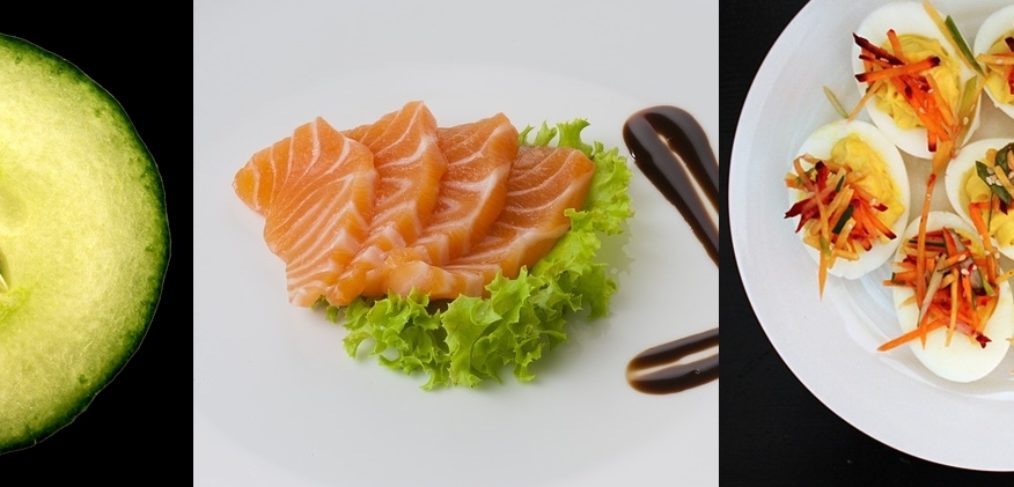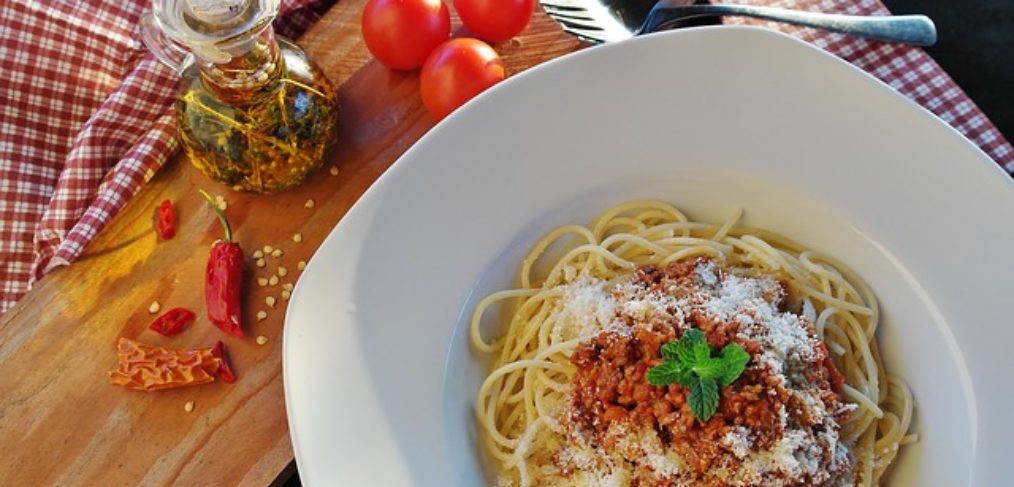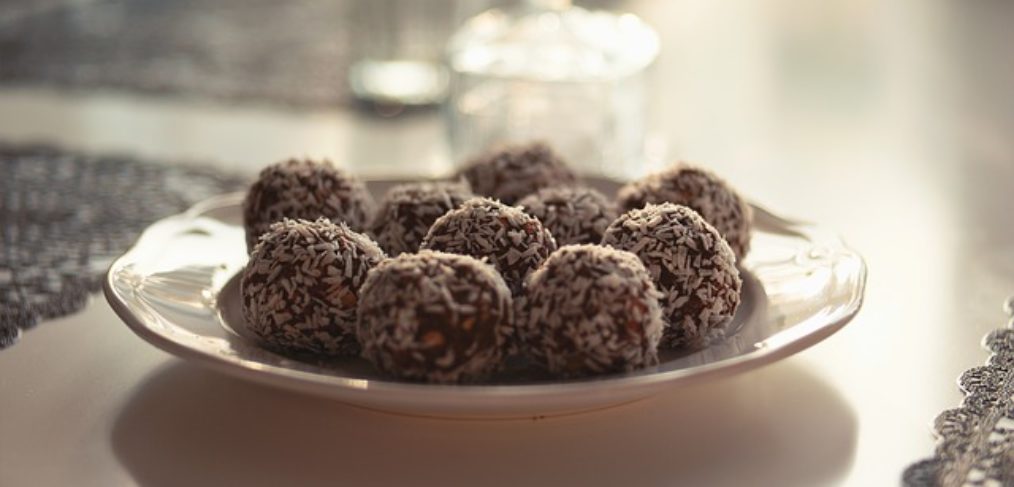Having the indispensible skill of making broth from bones, water and vegetables will save you money while sustaining you with necessary minerals and amino acids – more bio-available in this form than from a supplement. The benefits of bone broth are too extensive to list here, but check out this great infographic!
Ingredients
Soup bones, oxtail, knuckle bones, marrow bones, ribs, wings, fish bones, or carcass from roasted poultry
Water – enough to cover bones
Vinegar – 1 Tb. for every quart of water
2 carrots for every 2 lbs. of bones
2 celery stalks for every 2 lbs. of bones
1 onion for every 2 lbs. of bones
1 sprig of thyme for every 2 lbs. for bones
Instructions
In a stock pot, add water and vinegar to bones and let sit for 1 hour to begin dissolving the minerals out of the bones.
Turn the heat to medium-high and add the thyme and chopped vegetables. As soon as the water begins to reach a boil, skim off any scum that rises to the top, reduce heat to low and cover.
Cook at just barely a ripple for 2 hours if cooking fish bones, 4 hours for poultry bones, or 8 hours for beef or pork bones.
Strain. Pour into quart jars and refrigerate until needed.
Combine everything in a slow cooker and set to low if you prefer! Or put in a pressure cooker and process: 20 minutes for fish bones; 40 minutes for chicken bones; 60 minutes for beef bones.
How To Use Your Broth
You can drink it by the mugful each day, but if that seems unappetizing to you, substitute bone broth in any recipe using liquid. Here are some ideas:
- Moisten mashed potatoes using broth in place of part or all of the milk.
- Add to refried beans for a more savory flavor.
- Simmer rice, quinoa, or other grains in broth instead of water to add protein to the recipe.
- Create gravies and white sauces by cooking roux (butter and flour) and herbs with broth alone or broth plus milk.
- Use as a base for soups instead of bouillon cubes and water.
- Combine with tomato paste for a nutrient-dense tomato sauce.















